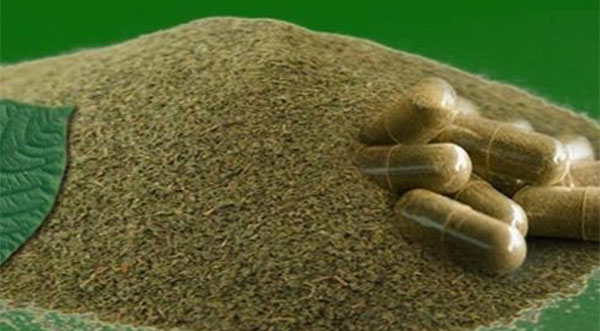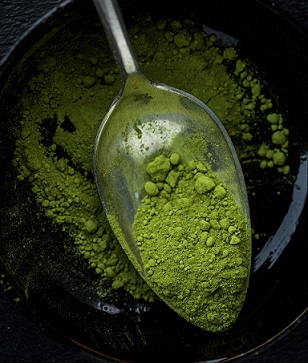Occasional Kratom Use 3,7/5 389 reviews
The kratom leaves are boiled down to create a resin, that is then ground into a powder. So more leaves are used to create the kratom powder, which should result in a far more alkaloid-rich kratom. The most powerful type of kratom is ultra enhanced kratom. This is where kratom extracts have additional alkaloids added to them.
In Thailand, where many of the indigenous population use Kratom dosing daily, those hooked into it can develop weight loss and have physical withdrawal symptoms when quitting abruptly. If any, the withdrawal symptoms may include muscle aches, irritability, crying, runny nose, diarrhea, and muscle jerking. Health problems are unlikely to occur in occasional Kratom users.
- Information regarding the use of kratom in folk medicine is provided for education purposes only, it is not intended as medical advice. Kratom is a tree native to Southeast Asia (Thailand, Malaysia, Myanmar Burma, and elsewhere). Its botanical name is Mitragyna speciosa. Kratom is in the same family as the coffee tree (Rubiaceae).
- The Standard size is great for occasional kratom needs. Large size 75 g. Our Large size is perfect for daily kratom use. Bulk size 500 g. Buy in bulk and save! Shop bulk sizes at a discount. Great Ways to Save with ETHA. There are many ways to earn points, qualify for discounts,.
- Kratom should be an occasional help and pleasure, rather than a crutch that you rely on. The exception to this is the use of Red Bali Kratom for chronic and severe pain, in which case, you should take the advice of an experienced practitioner at all times.
There are only a few reports regarding adverse health effects, thanks to Kratom. Therefore the circumstances reported were in conjunction with additional illegal substances combined, so no conclusive data is showing Kratom because of the cause for any adverse effects.
Like any drug or medicine, moderation is that the key and individual reactions may vary. It’s uncommon, but a private could possibly experience an allergic or other unusual reaction on how to use kratom powder, albeit used responsibly. More commonly, when using an excessive amount, an individual’s body would simply reject the substance, thus as a natural reflex, may experience emesis (Vomiting) because of the body’s way of preservation.
👉 What are the active components of kratom?

The principal active alkaloids in Kratom are mitragynine and 7-hydroxy mitragynine. These alkaloids are liable for pain relieving, sedative, euphoric, and stimulating effects.
👉 What are the effects of kratom?

Kratom is sort of unique, in that, in low to moderate doses it will commonly be stimulating and, in large doses, features a more soothing effect. Often, the individual will experience an analgesic effect caused by the alkaloids contained in Kratom and, therefore, the manner during which the brain receptors are affected. The extent of the impact, like all other supplements, depends on many factors, including weight, physiological makeup, tolerance level, and so on.
As a stimulant, utilized in low to moderate doses, the individual will experience an analgesic effect along with side physical energy, alertness, increased libido, euphoria, sociability, improved mindset or mood, focus, and overall refined demeanor. In some cases, when taken in large doses, a private may experience edginess, almost like being over-caffeinated.
Is Kratom Safe
A sedative, utilized in higher doses, a private will experience an analgesic effect along with side euphoria, lower sensitivity to pain, both physically and emotionally, relaxation, anti-depression, and anti-anxiety. In excessive usage, it’s going to end in a protracted sleep.
Kratom, botanically referred to as Mitragyna Speciosa, is said to be coffee (Rubiaceae). The Rubiaceae are a family of flowering plants, referred to as the madder, bedstraw, or coffee family.
👉 Is kratom habit-forming?
Although a little number of people became hooked into Kratom (primarily in Thailand), Kratom isn’t habit-forming when you know how to use kratom powder properly in moderation and responsibly. When used in moderation, not daily, there’s no documented risk of dependency. It’s essential to not get into the habit of using Kratom, or any supplement, on a day today. Like many stimulants [e.g., alcohol, coffee, tobacco, etc.], when used daily for a protracted period of your time, could become habit-forming. You recognize your body better than any physician and must be diligent regarding self-control. If you’ve got a predisposition for addiction, you want to treat everything with moderate behavior, including the utilization of Kratom.
👉 How safe is kratom?

When taken by itself (not mixing it with other substances), the best risk when taking Kratom could also be falling asleep while engaged in hazardous activities. Like all other substances which will be mind-altering or affect your cognitive abilities, don’t drive or operate heavy machinery while under the influence of Kratom. Always use sense. Thanks to the shortage of medical studies regarding the utilization of Kratom about pregnancy, pregnant women shouldn’t take any drug or medication except at the medical advice from their physician. It’s not known whether it could cause birth defects or fetal death. Once more, always use sense regarding anything that you simply put in your body.
👉 Types of kratom
Occasional Kratom Used
There are three sorts of Kratom, which are White Vein, Red Vein, and Green Vein. Many of us say that Green and White are equivalent, but they’re not. You can, clearly, see the differences within the leaves during which White Vein tends to be white or beige in color, and Green Vein is, of course, Green.
You’ve probably noticed numerous names about an equivalent sort of Kratom, which may be entirely too confusing. Unfortunately, many vendors tend to confuse the purchasers by re-branding traditional strains with exciting new names. The common names for Kratom come from the regions in Indonesia, Malaysia, and Thailand that they originate. These naming conventions include Sumatra, Borneo, Riau, Bali then forth. Below are the most sorts of Kratom, although there are many names out there that are about these strains. Those names are typically named for the region where the strains of Kratom below are grown.
Thai (Grown in Thailand)

Indo (Grown in Indonesia)
Malay (Grown in Malaysia)

Borneo (This is Indo grown in Indonesia)
Maeng Da(Not a neighborhood, but an enhanced version of Thai)
Bali (a combination of Sumatra and Borneo. Supposedly Bali was named this because it had been in Bali where the mixture was first created.)
Occasional Kratom Uses
Many names are shooting up everywhere, but remember that they’re all either Thai, Indo Malay, or combinations of such.